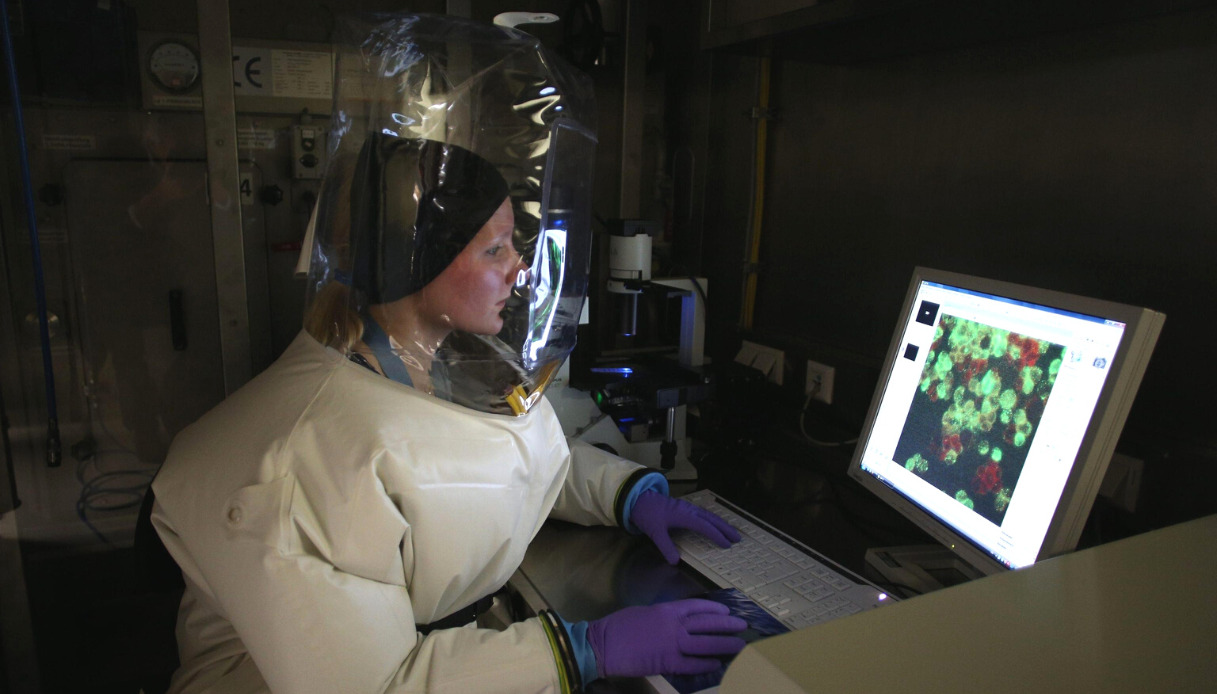The World Health Organization called an urgent meeting after the nine people died in Equatorial Guinea from Marburg virus haemorrhagic fever. The pathogen, belonging to the same family as Ebola, causes similar symptoms and, likewise, has a very high lethality rate.
Marburg virus: the urgent meeting
As stated in a statement, the United Nations health agency has convened “an urgent meeting of the Marburg Virus Vaccine Consortium (MARVAC)… to discuss the new Marburg virus outbreak in Equatorial Guinea,”
The WHO director himself, Tedros Adhanom Ghebreyesus, took stock of the situation, declaring that “nine deaths have been reported so far in people with symptoms consistent with Marburg, and one tested positive for the virus.”
Marburg virus: the WHO point
“The other eight deaths are considered suspicious cases because they had similar symptoms and were most likely part of the same transmission chain – explained the WHO number one – but it was not possible to confirm the presence of Marburg because it was not possible to obtain samples.
“Sixteen suspected cases have been admitted to health facilities with mild symptoms and 21 contacts are monitored at home – he added – WHO is helping the government respond to the outbreak deploying experts in epidemiology, clinical care, risk communication, community engagement, and infection prevention and control.”
Ghebreyesus then recalled that “there are currently no vaccines or approved treatments for Marburg virus disease, and few are in development. WHO yesterday convened a consultation of the Marburg Virus Vaccines and Therapies Consortium, which includes developers and experts from around the world. Any decisions on the testing of vaccines and therapies will be made by the national authorities and researchers of Equatorial Guinea.”
Marburg virus: what is it
As explained by the portal of the Higher Institute of Health, Epicentro, Marburg virus was first described in 1967 following two epidemics of hemorrhagic fever which occurred simultaneously in some laboratories in Frankfurt and Marburg (Germany), and in Belgrade in Serbia, which caused 31 infections with 7 deaths.
Since then, over the years there have been sporadic local outbreaks in various states of sub-Saharan Africa or in travelers returning from these countries. The latest report was registered in Ghana last year.
The virus belongs to the same family as the Ebola virus, the Filoviridae, with which it shares a very similar clinical picture of the disease. In most cases the transmission is associated with the human attendance of environments populated by bats, such as caves and mines.
The incubation period generally lasts 5-10 days, but periods of 2 to 21 days have also been observed. The onset of the disease is characterized by nonspecific symptoms such as high fever (39-40°C), severe headache, chills, malaise and body aches.
After the first three days, the pathology can cause cramps and abdominal pain, nausea, vomiting and diarrhea, up to the appearance of manifestations of haemorrhagic fever, neurological symptoms and ultimately death.
The fatality rate is also similar to that of Ebola e is around 50%, but it can vary between 24% and 88%, based on the therapeutic management of the case and the viral strain. Early treatment can in fact significantly improve the chances of survival.
FAQ
What is Marburg virus?
The virus belongs to the same family as the Ebola virus, the Filoviridae, with which it shares a clinical picture of the disease and a very similar lethality level, which can reach up to 88%.
What are the symptoms?
The disease is characterized initially by nonspecific symptoms such as high fever (39-40°C), severe headache, chills, malaise, and muscle aches. After the first three days, the disease can cause cramps and abdominal pain, nausea, vomiting and diarrhea, up to the appearance of haemorrhagic fever, neurological symptoms and death in the most serious cases.
How it is transmitted
Most outbreaks of Marburg virus disease are associated with human visits to bat-populated environments such as caves and mines, suggesting a key role for the animal in virus transmission.
Photo source: ANSA
